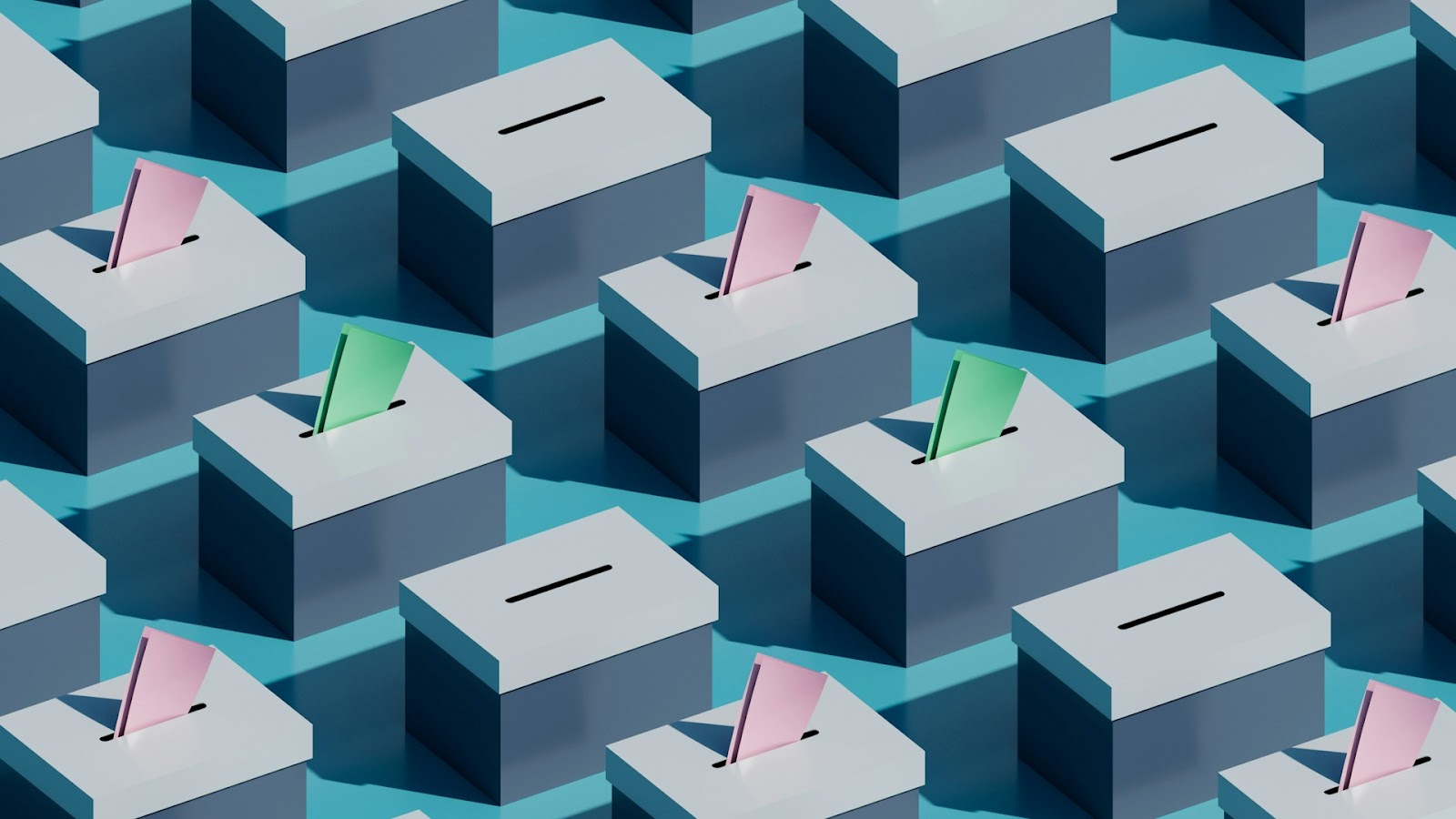Policy & Regulation
Articles in this section explore if, when, and how to implement regulation that harnesses AI's benefits while limiting its risks.
AI Alignment Cannot Be Top-Down
Community Notes offers a better model — where citizens, not corporations, decide what “aligned” means.
AI Will Be Your Personal Political Proxy
By learning our views and engaging on our behalf, AI could make government more representative and responsive — but not if we allow it to erode our democratic instincts.
Is China Serious About AI Safety?
China’s new AI safety body brings together leading experts — but faces obstacles to turning ambition into influence.
Precaution Shouldn't Keep Open-Source AI Behind the Frontier
Invoking speculative risks to keep our most capable models behind paywalls could create a new form of digital feudalism.
Open Protocols Can Prevent AI Monopolies
With model performance converging, user data is the new advantage — and Big Tech is sealing it off.
How the EU's Code of Practice Advances AI Safety
The Code provides a powerful incentive to push frontier developers toward measurably safer practices.
How US Export Controls Have (and Haven't) Curbed Chinese AI
Six years of export restrictions have given the U.S. a commanding lead in key dimensions of the AI competition — but it’s uncertain if the impact of these controls will persist.
Nuclear Non-Proliferation Is the Wrong Framework for AI Governance
Placing AI in a nuclear framework inflates expectations and distracts from practical, sector-specific governance.
A Patchwork of State AI Regulation Is Bad. A Moratorium Is Worse.
Congress is weighing a measure that would nullify thousands of state AI rules and bar new ones — upending federalism and halting the experiments that drive smarter policy.
Can Copyright Survive AI?
Designed to protect human creativity, copyright law is under pressure from generative AI. Some experts question whether it has a future.
The Case for AI Liability
Abandoning liability mechanisms risks creating a dangerous regulatory vacuum.
We're Not Ready for AI Liability
In the absence of federal legislation, the burden of managing AI risks has fallen to judges and state legislators — actors lacking the tools needed to ensure consistency, enforceability, or fairness.
Can “Location Verification” Stop AI Chip Smuggling?
US lawmakers propose a new system to check where chips end up.
We’re Arguing About AI Safety Wrong
Dynamism vs. stasis is a clearer lens for criticizing controversial AI safety prescriptions.
Smokescreen: How Bad Evidence Is Used to Prevent AI Safety
Corporate capture of AI research—echoing the days of Big Tobacco—thwarts sensible policymaking.
Exporting H20 Chips to China Undermines America’s AI Edge
Continued sales of advanced AI chips allow China to deploy AI at massive scale.
How Applying Abundance Thinking to AI Can Help Us Flourish
Realizing AI’s full potential requires designing for opportunity—not just guarding against risk.
AI Risk Management Can Learn a Lot From Other Industries
AI risk may have unique elements, but there is still a lot to be learned from cybersecurity, enterprise, financial, and environmental risk management.
The Challenges of Governing AI Agents
Autonomous systems are being rapidly deployed, but governance efforts are still in their infancy.
.png)




.jpg)








.avif)

.avif)

